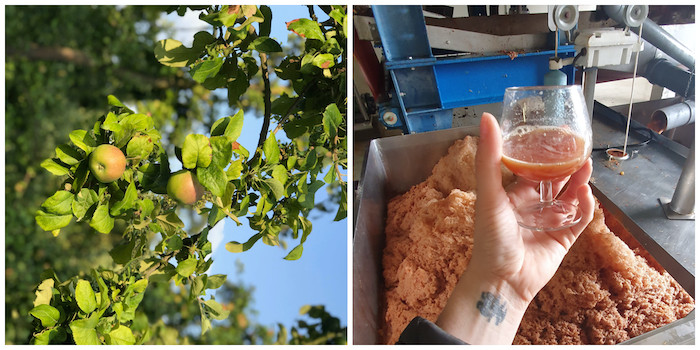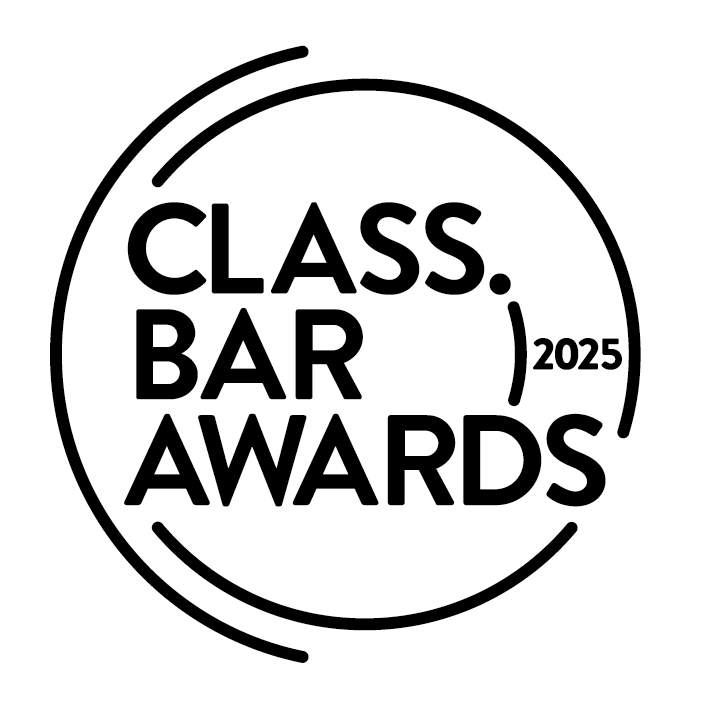
CLASS talks to Avallen founder Stephanie Jordan on the busiest period in the Calvados calendar - harvest time.
1/ It’s harvest time in Calvados – what does that look like?
Harvest in Normandy is pure theatre. You’ll find yourself stuck behind a tractor piled high with skittle-coloured, knobbly cider apples trundling along a windy country road. At the presses, those same gnarly apples are hosed down, swept up, and crushed in huge juicing machines while the smell of fresh, sweet-sharp apple juice fills the air. The weather swings wildly between dark, wet days and hot, sticky bursts of sun — it’s unpredictable, but always alive. For me, harvest is when I truly got under the skin of Calvados and realised how transparent it is as a spirit: from blossom to bottle, there’s nowhere to hide.
2/ Tell us how the apple varieties used in Calvados are so suited to apple brandy production and how they are harnessed to produce the spirit.
Calvados isn’t made from eating apples — it’s built on traditional cider varieties, sometimes nicknamed “spitters” because they’re too tart or tannic to snack on. These apples are perfect for fermentation and distillation, and fall into four families:
- Sweet (like Douce Coetligné) bring sugar and roundness.
- Bittersweet (like Bisquet or Binet Rouge) balance sugar, acidity, and tannins.
- Bitter (like Frequin Rouge) give backbone, colour, and structure.
- Sharp (like Rambault or Petit Jaune) provide the freshness and lift.
Blending across these families is like a bartender building balance in a cocktail — acidity, sweetness, and structure working together. Better yet, because most orchards are farmed without pesticides, the apple skins are alive with wild yeasts that naturally ferment the juice into cider. It’s fermentation, terroir, and biodiversity all working hand in hand.
3/ Calvados is one of the most sustainable spirits out there – why is the humble apple tree so planet positive?

The apple has always been iconic — from the myths of Avalon (Avallen literally means apple tree in old Cornish), to the Garden of Eden, to Newton’s apple sparking the theory of gravity. But beyond the symbolism, when grown in traditional, mosaic orchards, apple trees are environmental powerhouses. They lock away carbon, enrich soils, and provide homes for bees, birds, and insects. A well-tended orchard is a whole ecosystem: polycultural, regenerative, and needing little in the way of pesticides, fertiliser, or irrigation. So it’s not just the tree that’s planet positive — it’s the living landscape of the orchard itself that makes Calvados one of the most sustainable spirits you can pour.
4/ Few spirits represent their source ingredient like Calvados does with apples – what’s the best way to taste the spirit, outside of sipping?
For us at Avallen, Calvados belongs back on the speed rail — it’s made for mixing. Its bright, fruity, complex character means it works year-round, in everything from fresh highballs to stirred-down classics. Personally, I’ll always champion the Appletini as the new age Calvados cocktail: it makes me smile every time. But there’s so much more: a Normandy Mule for the highball crowd, a boozy riff on a Sazerac, or even a Café Calva 21st-century style as a twist on the Espresso Martini. And if I had to name one drink that makes my heart sing, it’s the Angel Face — that play of apple, apricot, and crisp juniper with thanks to the American Bar at the Savoy.


